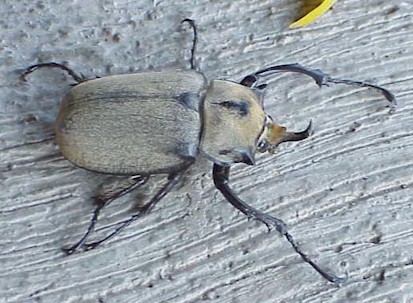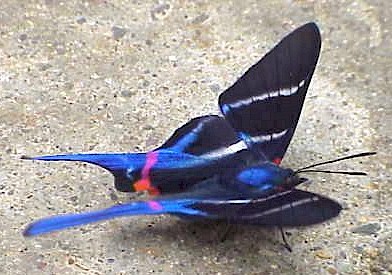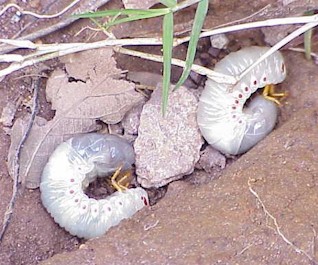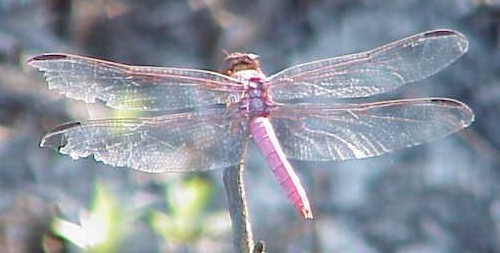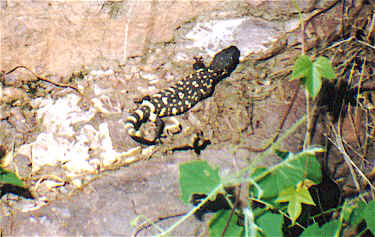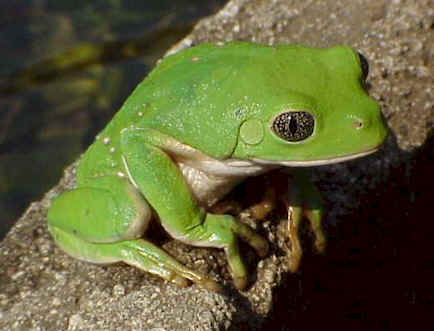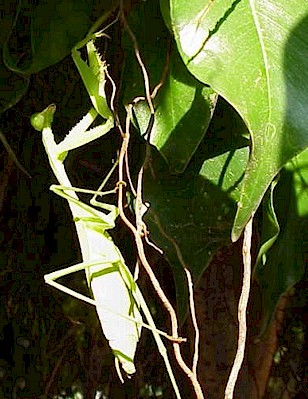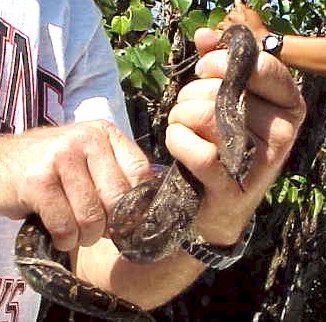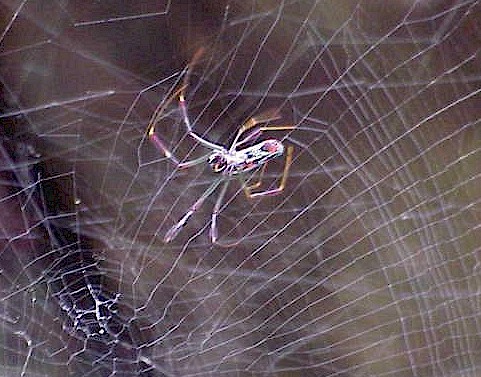 |
Most
Owls are active at dusk and dawn, spending the daytime at a quiet,
inconspicuous roost. They generally roost singly or in pairs, but may form
flocks outside of the breeding season.
An
Owl's daily activity begins with preening, stretching, yawning and combing
its head with its claws. The plumage is often ruffled up, and claws and
toes are cleaned by nibbling with the beak. The Owl will then leave its
roost, sometimes giving a call (especially in breeding season).
When
relaxed, the plumage is loose and fluffy. If an owl becomes alarmed, it
will become slim, its feathers pulled in tightly to the body, and
ear-tufts, if any, will stand straight up. |

